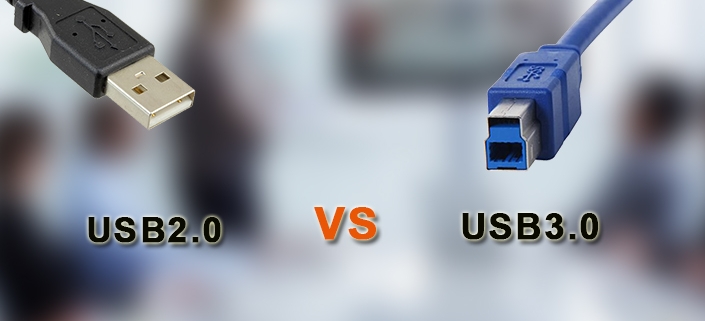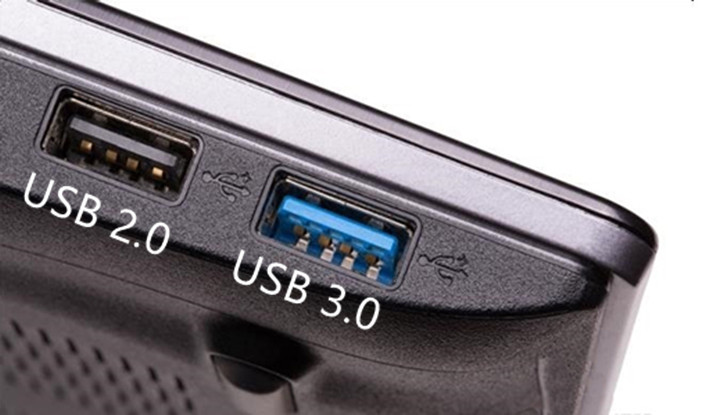What is the difference between USB 3.0 and USB 2.0?
Many of us are familiar with USB audio and video devices, such as laptops, televisions and video conference cameras. As a result of the USB interface complex classification, so that a lot of people can not be clear and really understand. How to accurately distinguish the different versions of USB port? Let’s learn it!
In fact, if we want to know more about the USB interface, it is suggested to know from two aspects, that is, the transmission standard and the interface standard. The transmission standard mainly refers to the transmission rate, and the interface standard corresponds to its interface appearance.
1. The history of the development of the USB interface.
The full name of USB is Universal Serial Bus. Bus protocol is a serial interface standard which is mainly made by Intel, Compaq, Microsoft, IBM, DEC, Northern Telecom and Japan NEC.
Overview of USB development history:
In 1993, USB technology research and development began.
In 1996, USB 1.0 was born, with a maximum speed of only 1.5 Mb/S.
In 2001, USB 2.0 with a maximum speed of 60 Mb/S began to be widely used.
In 2010, the production of USB 3.0 used full-duplex data transmission to achieve full-speed synchronous read and write.
2. Are USB3.0 and USB2.0 universal?
The answer is universal. In real device applications, USB 3.0 is called “SuperSpeed”, USB 1.1 is “fullSpeed”, and USB 2.0 is “HighSpeed”. USB 3.0 can transmit at ten times the speed of USB 2.0. Don’t be worried, many devices we used in daily life don’t require such high speeds, but devices like hard drives and card readers require high speeds.
3. What is the difference between them?
Next, let’s summarize how they are different. The speed of USB3.0 is 5Gbps, while the speed of USB2.0 is 480Mbps. Regarding the appearance of the interface, the appearance of USB 2.0 is usually white or black, while USB 3.0 is changed to a more eye-catching blue interface for differentiation. From the point of view of USB port pins, USB2.0 adopts 4-pin design, while USB3.0 adopts 9-pin design. Meanwhile, USB3.0 can transfer large-capacity files (such as HD movies) at the storage rate limited by the storage device. For example, a flash drive using USB3.0 can transfer 1GB of data to a host in 15 seconds, compared with 43 seconds for USB 2.0. From this we can see, USB3.0 is more powerful.
4. Application of USB 2.0 and USB 3.0 in PTZ video conference cameras.
The updating speed of digital photography products is fast, and whether it is PC or TV, the iteration and updating of product models is even faster. Therefore, in such a trend of development, users on the network conference meeting convenient, clear and smooth demand is becoming more and more strict.
In terms of resolution, the original 720P gradually tends to output with 1080P resolution, which indicates that the transmission speed of most USB PTZ conference camera based on USB 2.0 interface can no longer meet the demand, and the USB3.0 interface with higher transmission speed will become the best choice of video conferencing equipment.
Generally speaking, from the perspective of cost savings. USB 2.0 PTZ conference camera with lower price is more suitable for small and medium-sized meeting room scenes. The optical zoom is usually 3X/5X/10X. USB 3.0 PTZ camera is more suitable for high-quality Tele-medicine, Distance Education, Live Broadcast scenes, the optical zoom is usually 12X/20X/30X.
WODWIN has the following PTZ Camera models with USB2.0 or USB3.0 interface:
If you want the conference camera with USB 2.0 interface, please click:
If you want the PTZ Camera with USB 3.0 interface, please click:




